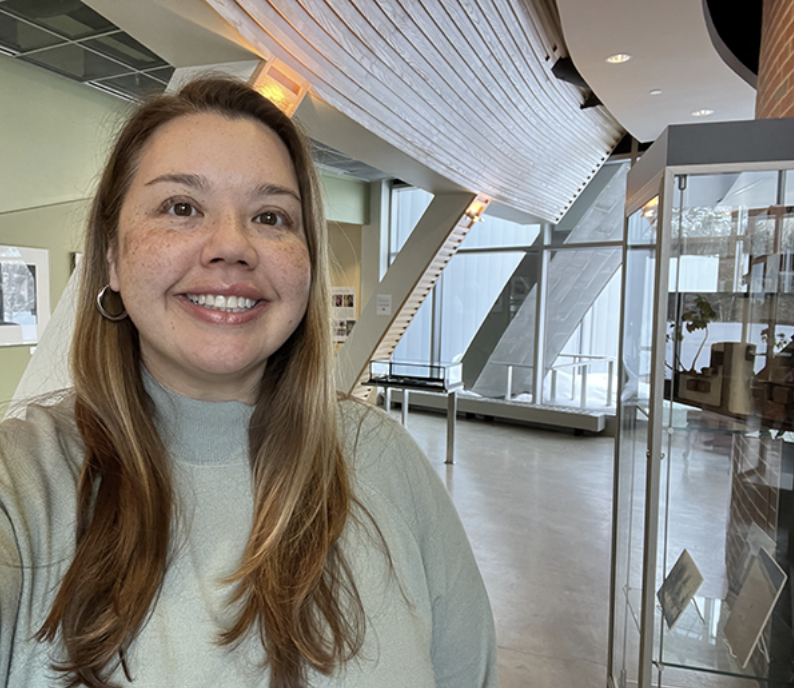Microaggressions are teachable moments
By Tam Huynh, Executive Director of the HHRC
Our educational programs help students to understand why microaggressions are hurtful and potentially dangerous.
A microaggression often looks like a small comment, question, or action that reflects a stereotype or bias. It might be a question about where you’re “really from,” an assumption about your skills based on your race or gender, or a statement like “I don’t see color.” Even when intended as a compliment, these comments can make someone feel stereotyped, excluded, or “othered.”
When you experience or witness a microaggression and feel uncomfortable—or wonder if a friend or family member might feel uncomfortable—there are thoughtful ways to respond that protect your well-being while creating an opportunity for understanding and growth.
First, pause and assess: notice how the comment made you feel and take a moment before reacting. You can restate or paraphrase to check understanding: “I think I heard you say ____. Is that right?” or ask for clarification: “Could you say more about what you mean?” or “How did you come to think that?” This invites reflection without being confrontational.
Acknowledging feelings—both yours and theirs—can show empathy and open dialogue: “It sounds like you’re frustrated. I understand why that would be upsetting.” You can also separate intent from impact gently: “I know you didn’t mean harm, but when you ____, it felt hurtful. You could try ____ instead.”
Sharing your own experiences can make the conversation more relatable: “I used to think/say that too, but then I learned ____.” You can express your feelings clearly: “When you ____, I felt ____ and would appreciate it if you ____.” To challenge stereotypes and offer perspective, you might say: “Actually, in my experience ____,” or “Another way to look at it is _____.” You can also appeal to values: “I know you care about ____, and acting this way undermines that.”
Finally, remember that microaggressions are teachable moments. You can redirect or educate, highlighting how assumptions affect people, and practice self-care and reflection afterward. The goal is not to shame the other person, but to address the bias thoughtfully while preserving your own comfort and safety. Handled with care, these moments can open dialogue, increase understanding, and help build more respectful connections.
Resources:

